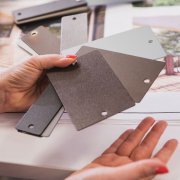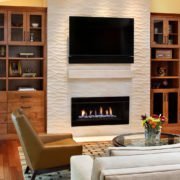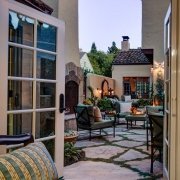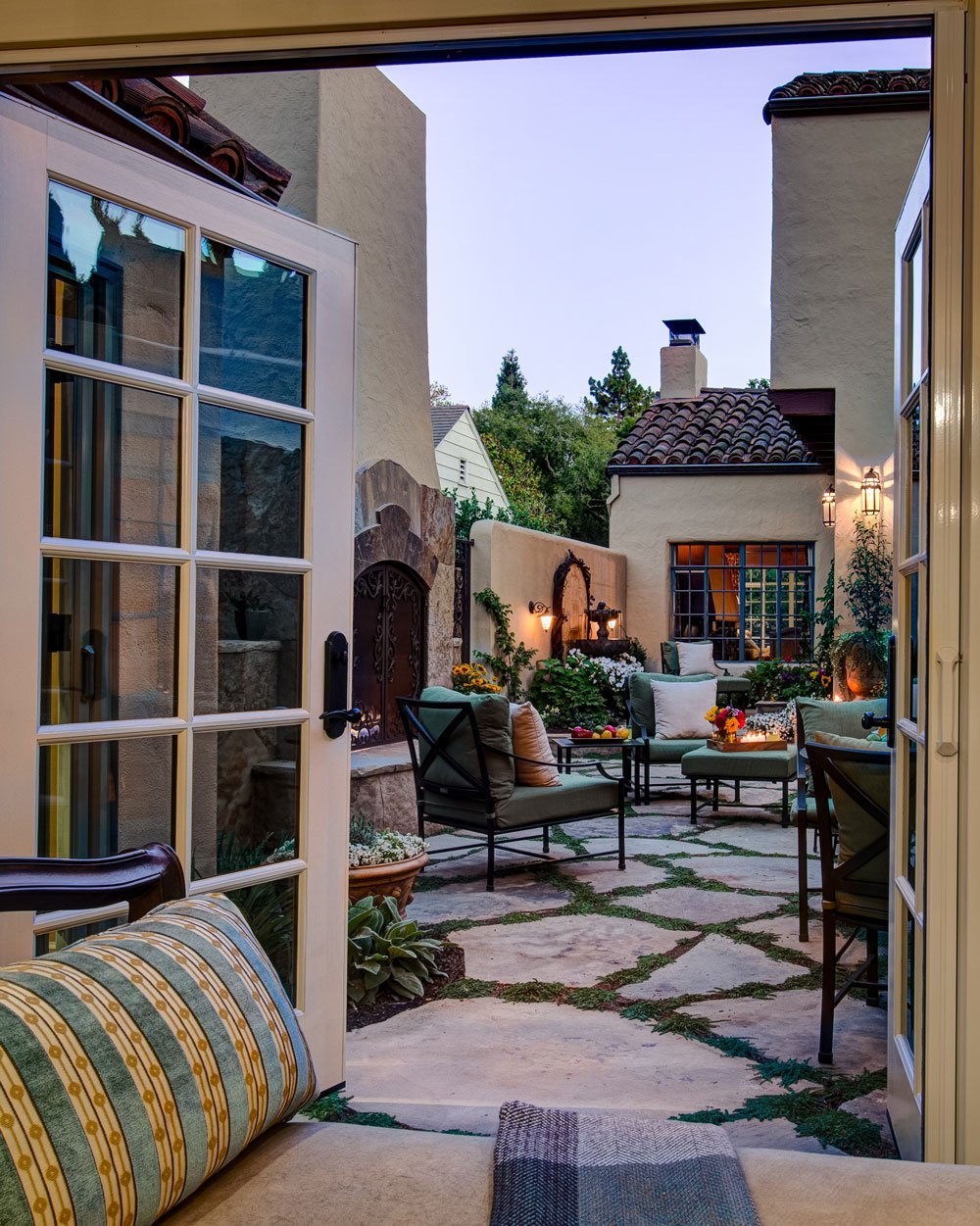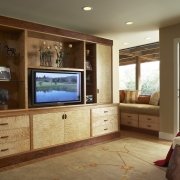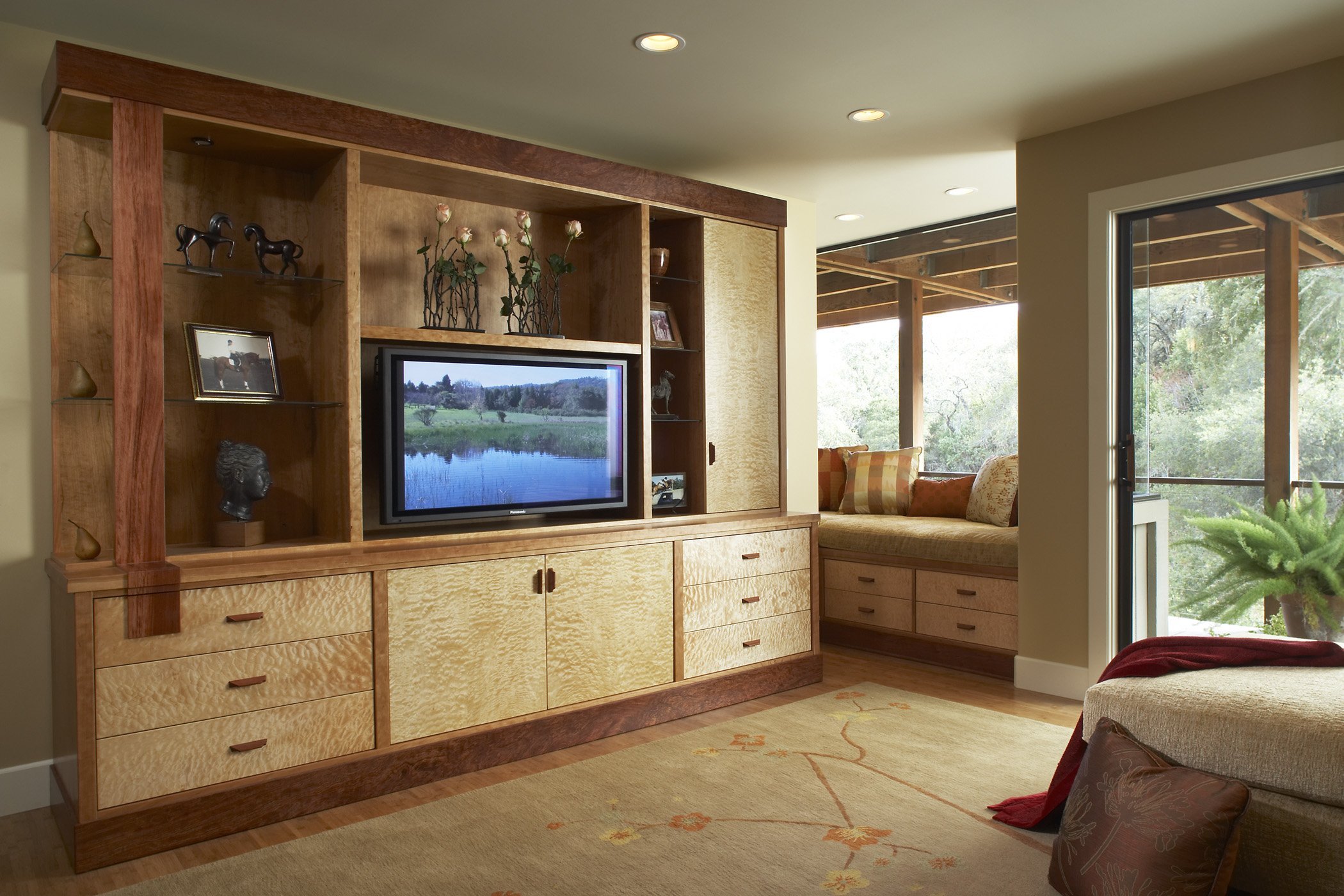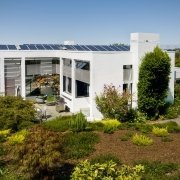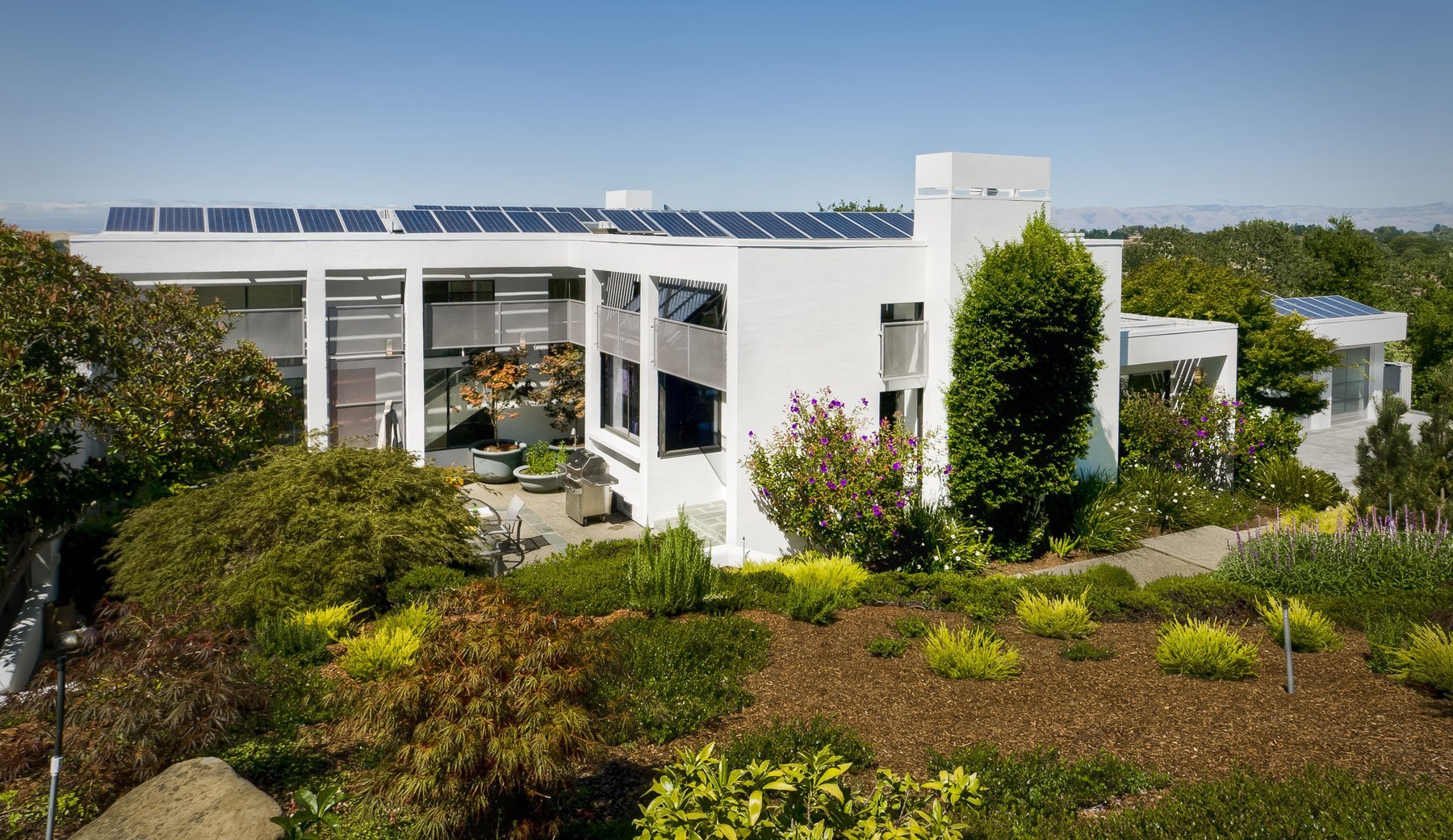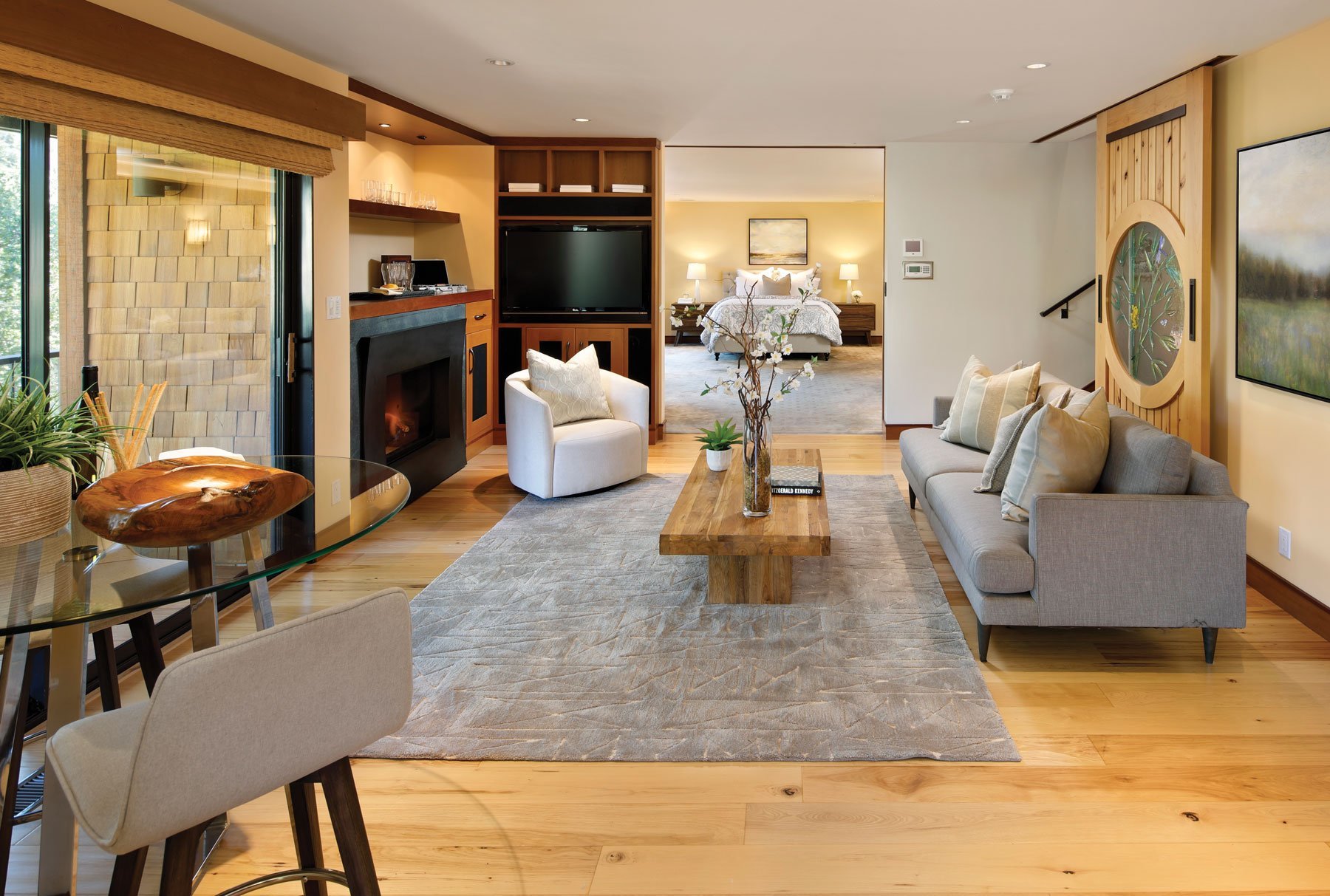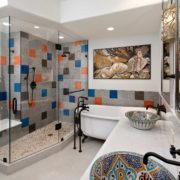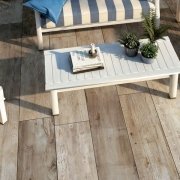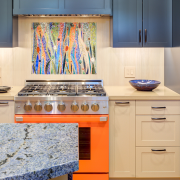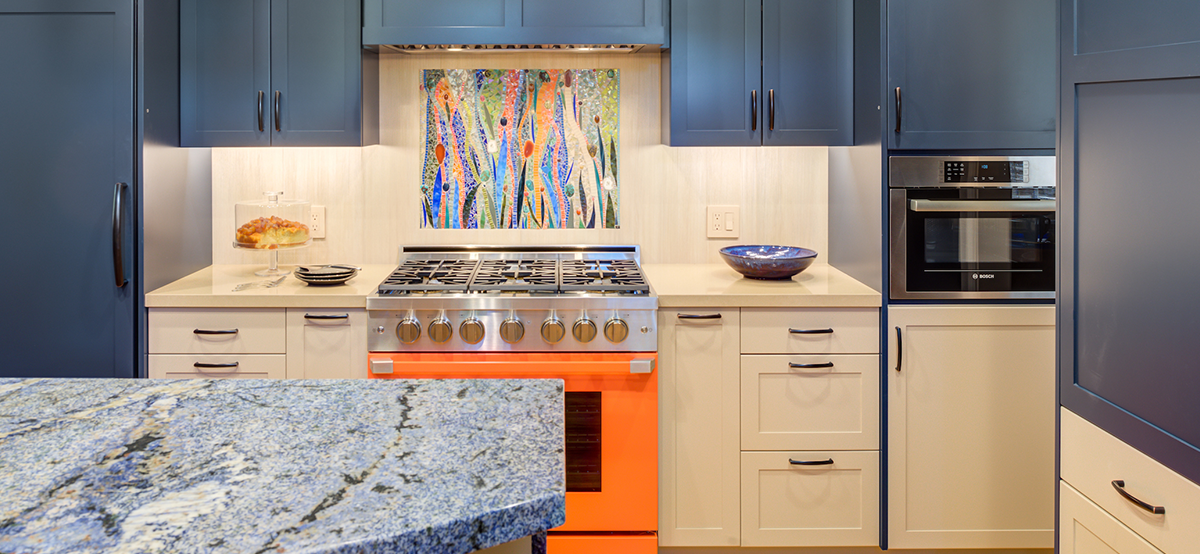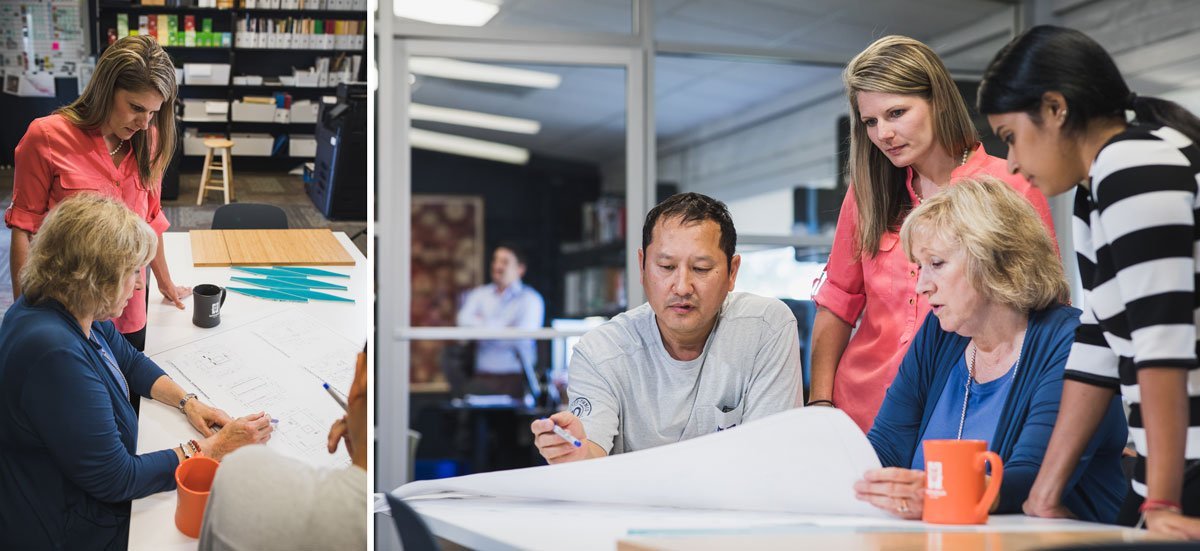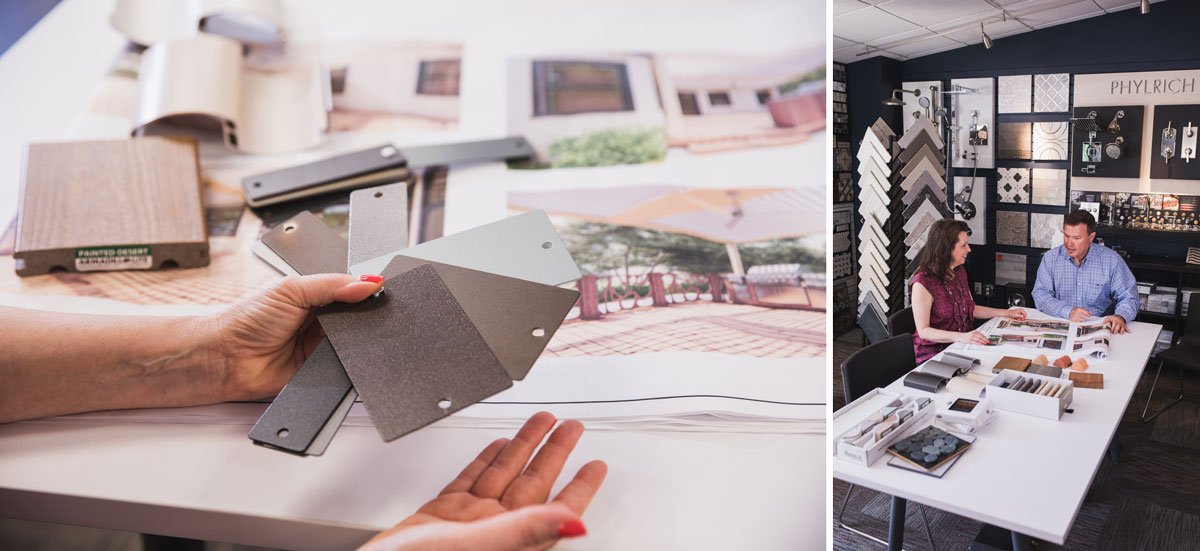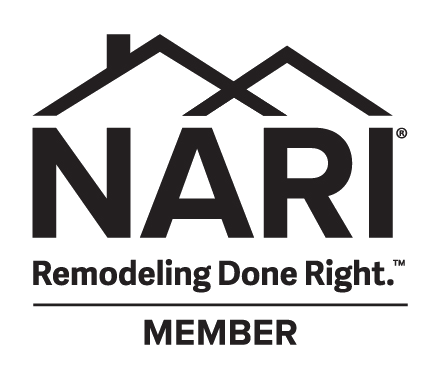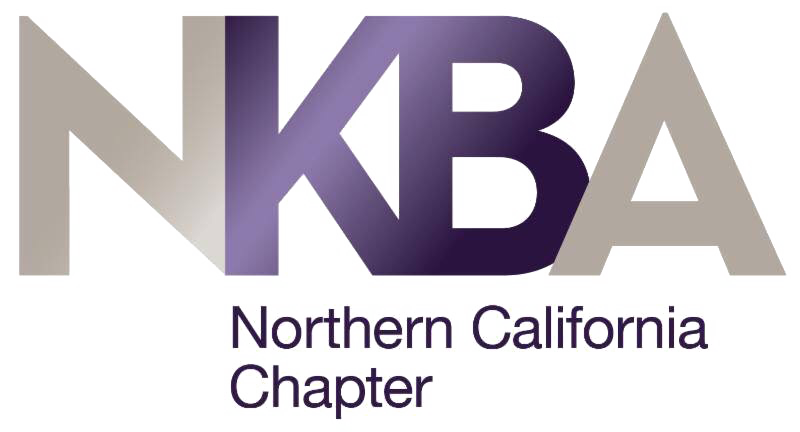Quality: An Investment for the Long Haul
Your home is one of your most significant investments. Increasing its value and livability with a remodel is a worthwhile endeavor and a considerable undertaking. One of the most important decisions a homeowner must make before embarking upon their remodel journey is choosing which professionals to enlist.
So, how do you make that critical decision? To make a fully informed choice, homeowners should consider quality, expertise, and customer service says Harrell Design + Build Designer Barb Wingo, Allied ASID. And of course, cost is a factor.
Materials, Fixtures & Finishes
Barb emphasizes that when homeowners remodel, choosing materials and fixtures that stand the test of time and use is crucial. Materials like flooring, tile, and countertops receive heavy use. Homeowners should also consider frequently used items that perform their function multiple times a day like faucets, door and cabinet hardware, and light fixtures.
Although store-brand or brand-name products are available for a lower price at big box stores, they are often of reduced quality compared to those purchased from reliable vendors and showroom sources.
For example, faucets from big box stores may have plastic parts versus metal components; paint can provide less coverage and durability; flooring materials can be thinner and less durable. There are also fewer finish and function options, not to mention product warranties that are more limited in scope.
“The lower price point of these materials may be attractive initially, but they will not withstand high usage and will need replacing much sooner,” Barb warns.
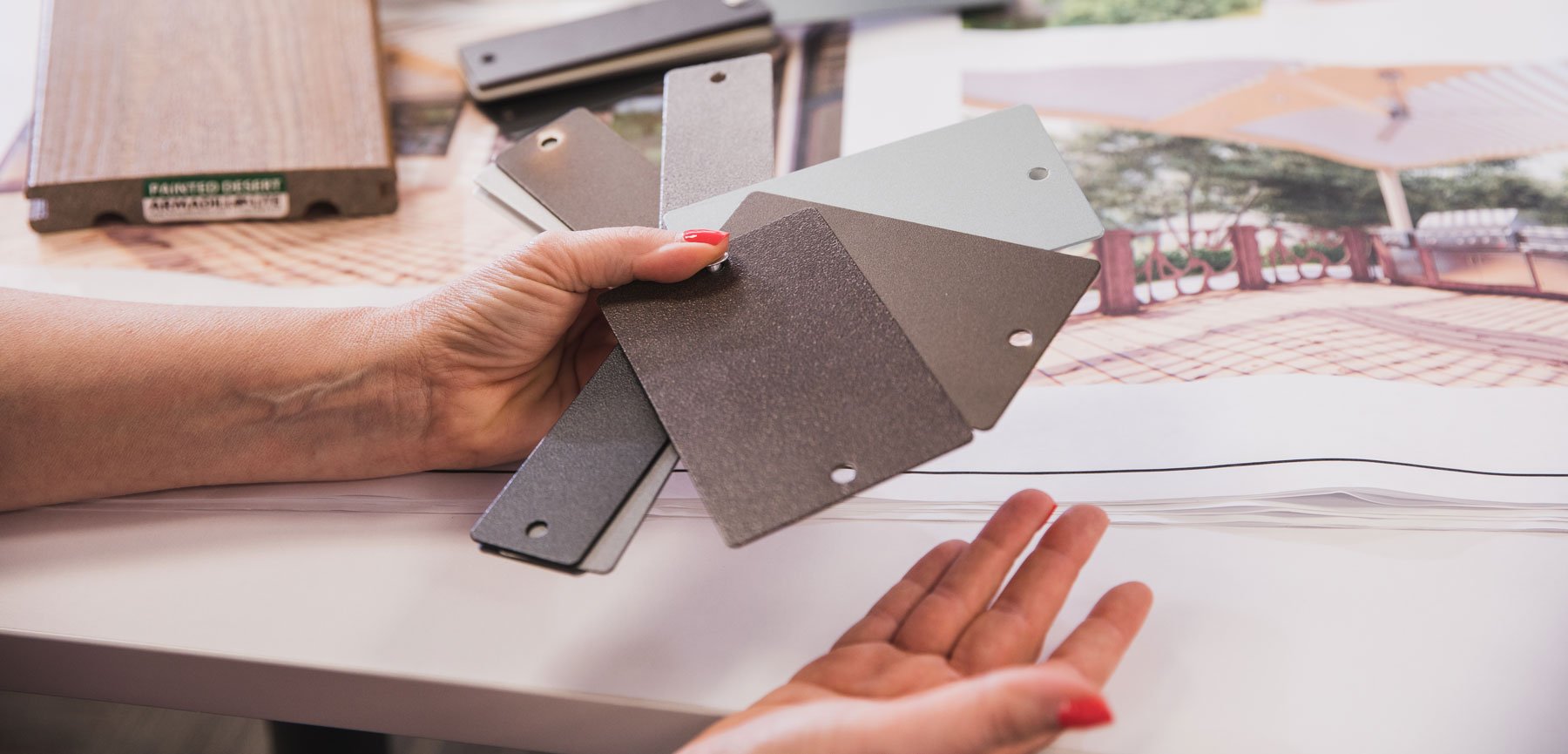
Design Services
“There are many ways to approach the design of your remodel,” Barb explains. “There are in-house or complimentary retail design services, independent designers and architects, and firms that offer full-service design + build solutions.”
With in-house retail design services, the designers’ knowledge may be limited to the products they offer; they have a vested interest in selling homeowners the lines they carry such as certain cabinets, and plumbing fixtures for example. Working in interruption-driven environments, these designers are often unable to provide clients with the attention necessary to consider distinct needs and lifestyles, and to then create beautiful and functional solutions.
An independent designer or architect can create a design and the draft floor plans, elevations, and complete sets of build-ready drawings, but many designers and architects leave the permitting process to the homeowner, which can be extremely complicated if this is not your expertise. Additionally, once permits are obtained, homeowners must vet and select a contractor for the project’s construction phase.
Depending on the designer or architects’ experience, the project may go smoothly, or the client may experience unexpected problems implementing the design as construction evolves.
Barb explains, “Often, what appears to work well on paper may not work in reality.”
One approach is where the homeowners collaborate with a cohesive, dedicated team from conception to completion. The result is a design that merges function, aesthetics, and the unique requirements of the client. Design + build incorporates function into the design from the outset. Experienced designers dedicate time getting to know their clients, asking detailed questions about how they use each space in their home.
Barb says that asking clients specific questions helps formulate a solid design that encapsulates the homeowners’ requirements.
Examples include:
- How do you use your kitchen: Is there one or multiple cooks at a time?
- Do you entertain? How many people? Are they formal or informal gatherings? Where do you like to entertain or gather?
- Do you want smart home technology and appliances?
- How long do you plan to live in your home?
- Do you have specific storage needs (sports, hobbies, display, etc.)?
- Do you need a multi-function space for a desk or workstation?
- Does anyone in your home have mobility needs?
This comprehensive and collaborative design and construction process ensures the newly remodeled home creates quality, workable solutions that reflect your needs, lifestyle, and aesthetic.
Construction
Whether a homeowner’s project is large or small, it should be built to last. As with the design phase of a project, there are several ways to have your project built. The craftsmanship and level of detail can vary dramatically depending upon the type of construction service chosen.
Big box stores may offer installation services, but they may not provide the best talent and craftsmanship. “And hiring a handyman may seem like a cost-effective choice, but you may wind up with someone who has limited knowledge and experience with certain aspects of your project,” explains Barb. Some handyman-type services will not work on projects that may or should require a permit.
Employing a licensed contractor is a good choice. Licensure provides safeguards for the work being performed. Typically, licensed contractors have a greater depth and breadth of experience on remodeling projects.
Hiring a design + build firm enables homeowners to benefit from an entire team of experts at each stage of the remodeling process.
These experts include a full “production” (construction) team whose job it is to keep all work on schedule. A comprehensive feasibility study is conducted before work begins, keeping the project within time and budget constraints. Design + build firms will also typically secure the required permits, and schedule/oversee all inspections.
Customer Service
The time, attention, and communication level offered by in-house retail design services is another essential aspect that can vary greatly. They work in a very interruption-driven environment, which can result in rendering distracted client service. With the design + build model, design and production professionals work together for you as a team, under one company and one contract.
Look for a company whose goal is to have transparent and collaborative communication throughout the entire planning and construction process. Ask if you will have 24/7 access to an online project calendar, ensuring that you know what tasks are happening at your home and know what is coming up next.
Upon completing each project, ask what length of warranty the contractor’s work will adhere to, and what is their proactive follow-up process.
Excellent design and construction take time, talent, dedication, and expertise. In the words of Aldo Gucci, “Quality is remembered long after price is forgotten.”
To learn more about the Harrell Remodel Design + Build experience, we invite you to attend one of our complimentary workshops or talk with a Designer to explore your home remodel.
Woman Founded and 100% Employee-Owned, Harrell Design + Build has created distinctive homes in Silicon Valley and on the mid-Peninsula since 1985. Our Design + Build Team is here to help you reimagine your home inside and out.

